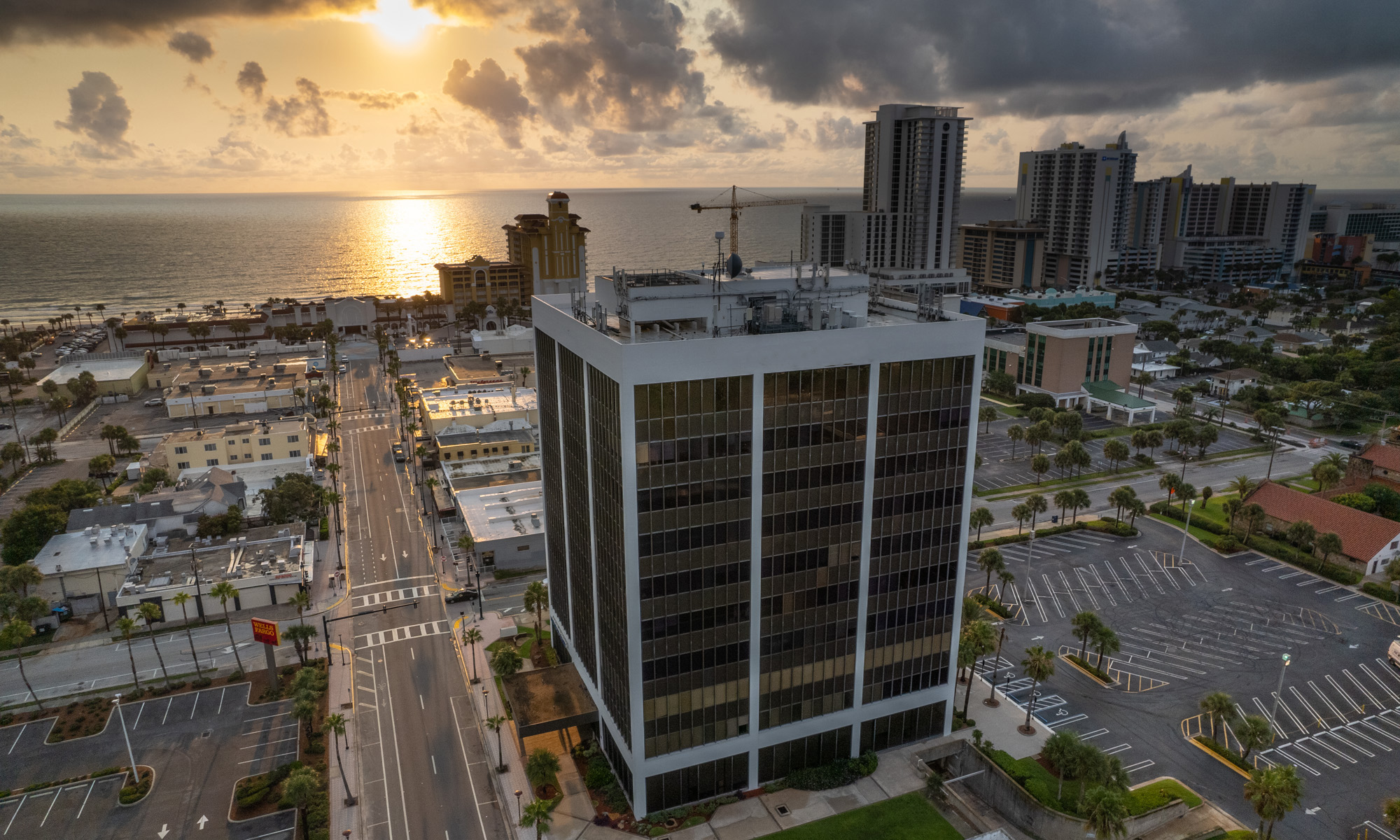Drone photography has come a long way since its early days, and 2024 is proving to be an exciting year for aerial enthusiasts. With advancements in technology and increasing accessibility, the possibilities for capturing stunning images and videos from the sky seem limitless. Let’s explore some of the trends and possibilities shaping the world of drone photography this year.Technological Advancements:
* Improved Image Quality: Drones are equipped with more powerful cameras and sensors, delivering higher resolution images and videos with greater dynamic range. 4K video is now standard, and some high-end drones are capable of capturing 8K footage and RAW photos.
* Longer Flight Times: Battery technology continues to improve, allowing drones to stay airborne for longer durations, giving photographers more time to compose shots and capture the perfect moment.
* Enhanced Stability: Gimbal systems have become even more sophisticated, ensuring smooth and stable footage even in windy conditions. This is crucial for professional-level video production.
* Obstacle Avoidance: Advanced obstacle avoidance systems help prevent collisions, giving pilots greater peace of mind, especially when flying in complex environments.
* Intelligent Flight Modes: Drones are becoming smarter with intelligent flight modes that enable them to follow subjects, orbit points of interest, and perform complex maneuvers autonomously.
Creative Possibilities:
* Aerial Perspectives: Drones offer unique perspectives that were once impossible to achieve without expensive helicopters or cranes. This opens up a whole new world of creativity for photographers and filmmakers.
* Real Estate Photography: Aerial shots are essential for showcasing properties from the best angles and highlighting their surroundings. Drones provide an affordable and efficient way to capture stunning real estate imagery.
* Event Coverage: Capture the energy and excitement of events from above, providing viewers with a unique perspective of the action.
* Landscape Photography: Drones allow photographers to capture breathtaking landscapes from new angles, showcasing the vastness and beauty of nature.
* Wildlife Photography: Drones can be used to observe and photograph wildlife without disturbing their natural habitats. This opens up opportunities for conservation efforts and scientific research.
* Filmmaking: Aerial footage adds production value to films and videos, providing dynamic shots and establishing scenes. Drones are increasingly used in both independent and mainstream productions.
Challenges and Considerations:
* Regulations: It’s important to be aware of and comply with local drone regulations to ensure safe and responsible flying.
* Privacy Concerns: Respect the privacy of others when flying drones and avoid capturing images of people without their consent.
* Environmental Impact: Be mindful of the environment and avoid disturbing wildlife or sensitive ecosystems when flying drones.
* Technical Skills: Mastering drone flying and photography requires practice and dedication. It’s essential to invest time in learning how to operate your drone safely and effectively.
The Future of Drone Photography:
The future of drone photography looks bright, with continued advancements in technology and increasing accessibility. We can expect to see even more sophisticated drones with improved capabilities, opening up new possibilities for capturing stunning images and videos from the sky.
As drone photography continues to evolve, it’s important for photographers and filmmakers to stay informed about the latest trends and technologies, and to embrace the creative possibilities offered by this exciting medium.
Whether you’re a seasoned professional or a hobbyist just starting, drone photography offers a unique way to see the world from above and capture stunning imagery that will inspire and amaze.

